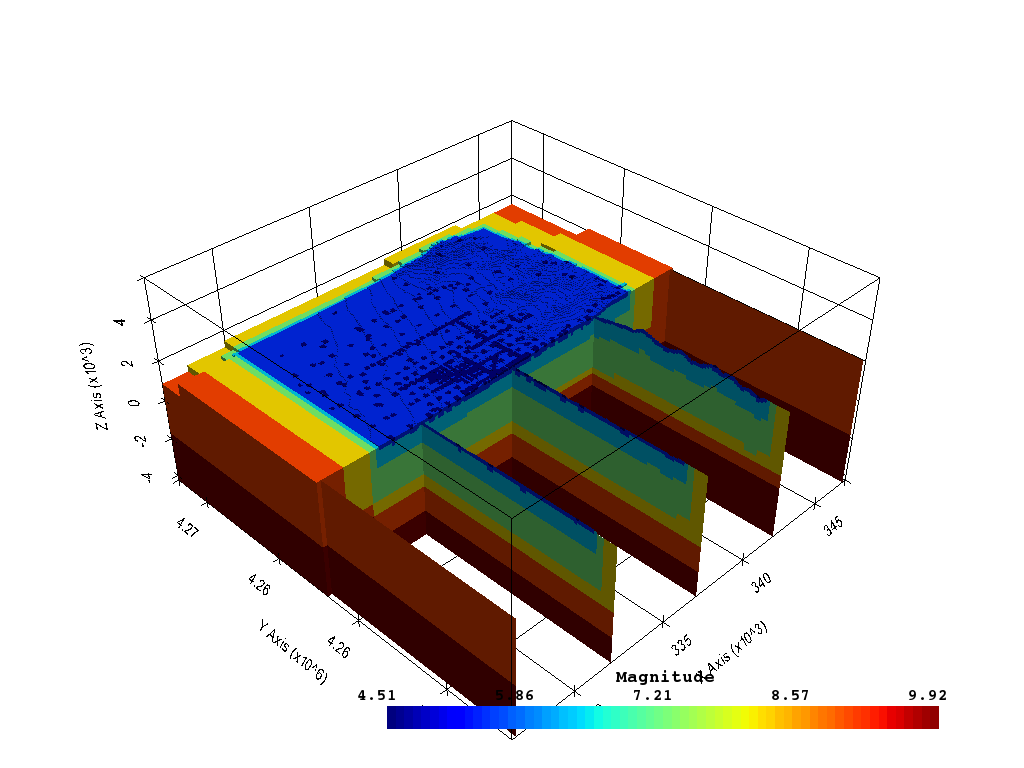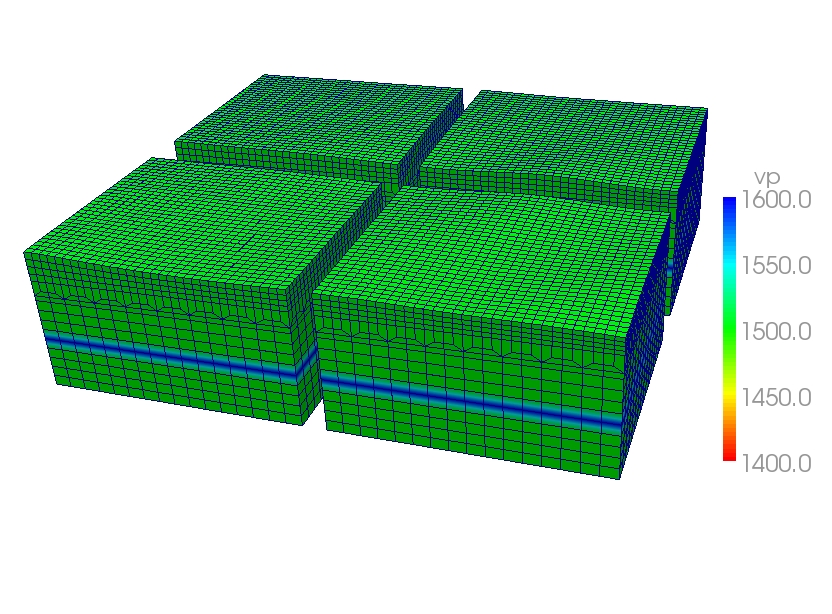

This property and are more efficient for image data. This type is determined by the dimensionality of the dataset (based on the extents) and can either be vertex (0D), line (1D), pixel (2D), or voxel (3D).ĭue to its regular nature, image data requires less storage than other datasets.įurthermore, many algorithms in VTK have been optimized to take advantage of \(idx\_flat = k \times (npts_x \times npts_y) + j \times nptr_x + i\).Ī uniform rectilinear grid consists of cells of the same type. \((i,j,k)\) index can be converted to this flat index as follows: Note that the generic VTK interface for all datasets uses a flat index. Index \times spacing\) where \(coordinate\), \(origin\), \(index\), and \(spacing\) are vectors of The coordinate of each point is defined as follows: \(coordinate = origin + Spacing for each direction can defined independently. Spacing - This is the distance between each point. Origin - This is the position of a point defined with indices \((0, 0, 0)\). The total number of points is \(10 \times 20 \times 30\). For example, an image data of extents \((0, 9)\), \((0, 19)\), \((0, 29)\) has 10 points in the x-direction, 20 points in the y-direction, and 30 points in the z-direction. The mesh for an image data, VTK uses the following:Įxtents - These define the minimum and maximum indices in each direction. Ī uniform rectilinear grid, or image data, defines its topology and pointĬoordinates implicitly ( Fig. Uniform rectilinear grid (image data) įig. In ParaView, this filter is applied automatically, whenįig. It is normally required to apply a Cell Data to Point Data filter. Due to this property, many filters in VTK cannot be directly applied Note that cell-centered attributes are assumed to be constant overĮach cell. 3.3 demonstrates the use of a cell-centeredĪttribute. 3.2 Point-centered attribute in a data array or field. See the VTK documentation for details.įig. The interpolationįunctions used depend on the cell type. Interpolation is used to obtain the values everywhere else. Note that the attribute is only defined on the vertices. 3.2 demonstrates the use of a point-centeredĪttribute. To have attributes that are not associated with either.įig. Attributes can be associated with points or cells. For example, a 3-component array is assumed to be an array of ParaView makes some assumptions in regards to the number All attributes are stored as data arrays, which can have an arbitrary

Note that VTK does not specifically define different types ofĪttributes. Examples of attributes include pressure, temperature, velocity,Īnd stress tensor. In VTK, the point coordinates may be implicit, or they may be explicitly defined byĪ data array of dimensions \((number\_of\_points \times 3)\). The edge defined by the points \((1, 4)\).Ī mesh is fully defined by its topology and the spatial coordinates of its These cells are neighbors because they share The first cell is defined by vertices \((0, 1, 3, 4)\), and the second cell isĭefined by vertices \((1, 2, 4, 5)\). 3.1 is an example mesh that consists of two cells. OneĮxception to this rule is the arbitrary polyhedron, which explicitly stores itsįaces. Rather, they are implied by a cell’s type and by its connectivity. Note that even though it is possible toĭefine data elements such as faces and edges, VTK does not represent theseĮxplicitly. General, a mesh consists of vertices (points ) andĪre used to discretize a region and can have various types such as tetrahedra, On the type of the dataset, some abstractions are common to all types. Theseĭatasets are formed from smaller building blocks: mesh (topology and geometry) andĮven though the actual data structure used to store the mesh in memory depends (see below), or more abstract data structures, such as graphs or trees. Data objects canĮither be scientific datasets, such as rectilinear grids or finite elements meshes The most fundamental data structure in VTK is a data object. For more details, refer to one of the VTK books. This chapter briefly introduces the VTKĭata model used by ParaView. ParaView uses VTK, the Visualization Toolkit, to provide the visualizationĪnd data processing model. To use ParaView effectively, you need to understand the ParaView data model.


 0 kommentar(er)
0 kommentar(er)
